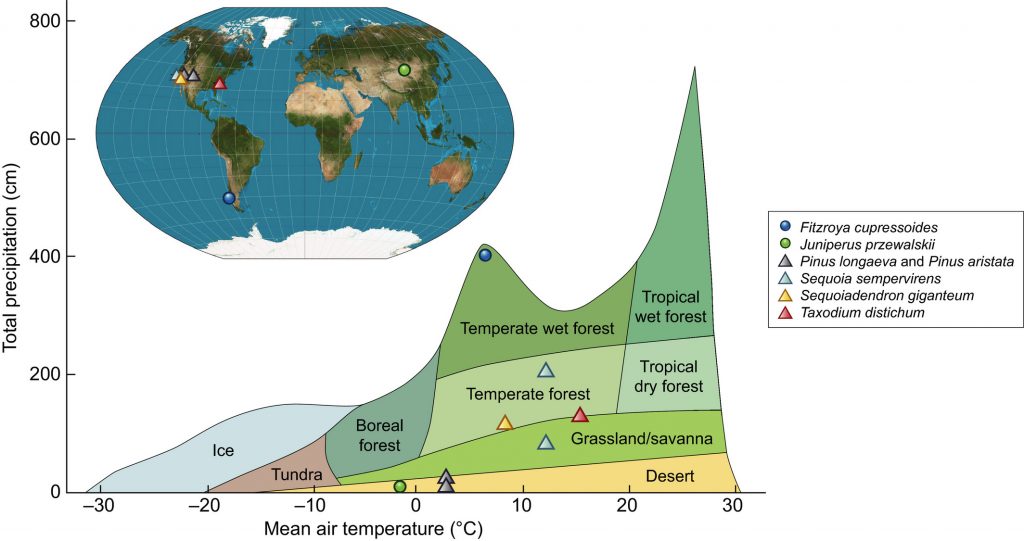
Review: On tree longevity (New Phytol)
Plant Science Research WeeklyEveryone enjoys hearing about ancient trees that have been alive since various events in human history, but did you ever stop to wonder why some trees live for millennia and others don’t? If so, you’ll want to read this Tansley Review by Piovesan and Biondi. One of their first observations is that…

Convergence of sphingolipid desaturation across over 500 million years of plant evolution (Nature Plants)
Plant Science Research WeeklyIf you remember your biochemistry, lipids that are saturated (without double bonds) pack more tightly and therefore have a higher melting temperature than those that are unsaturated, therefore bend and pack less tightly (think of margarine versus oil). Plants can modify their membranes in a temperature-responsive…
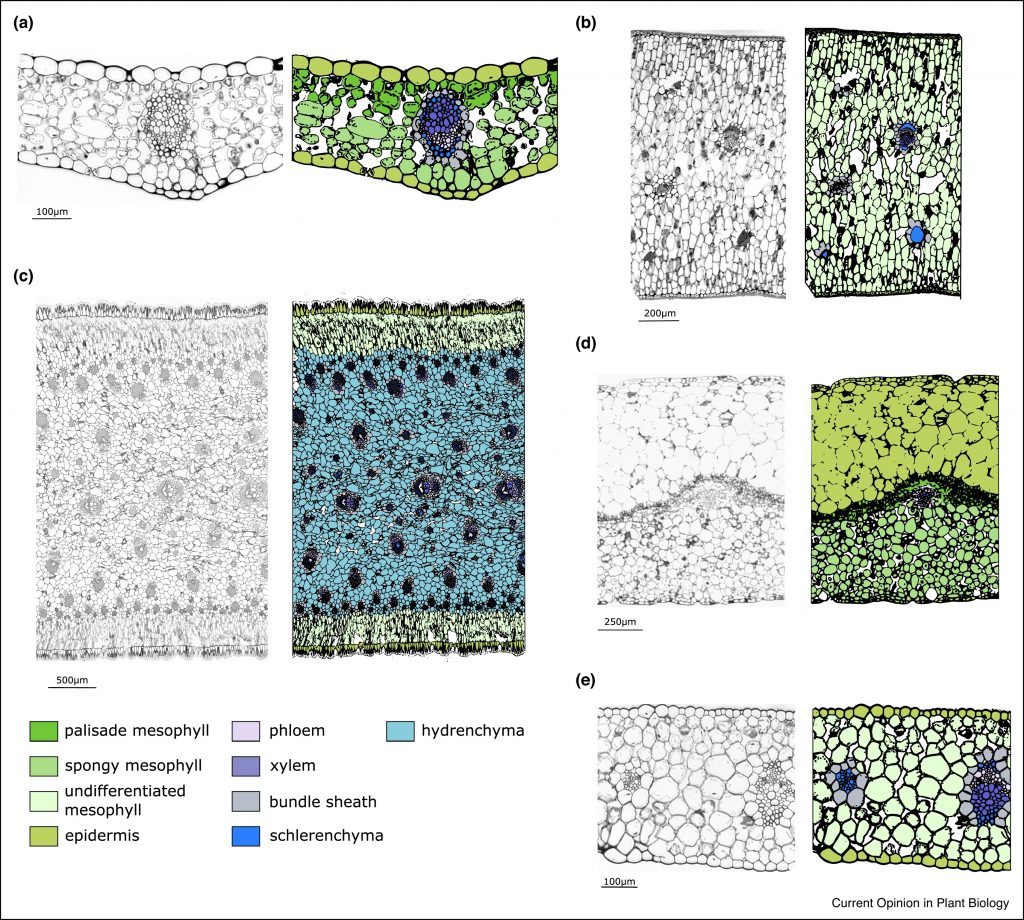
Review: The genetic control of succulent leaf development (COPB)
Plant Science Research WeeklySucculence provides plants with the ability to store water and is therefore commonly associated with plants from arid environments such as the familiar Aloe and Agave. Here, Heyduk reviews the genetic control of leaf succulence. Succulence usually involves large, highly vacuolated cells, but not surprisingly,…
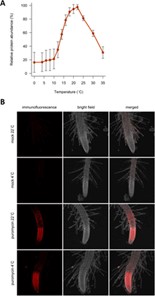
Cold translation: Ribosome-mediated translation inhibition senses cold stress in plants (bioRxiv)
Plant Science Research WeeklyA drop in ambient temperature adversely affects plant growth and development. While the primary molecular pathway in response to cold stress involves the expression of CBF transcription factors, Guillaume-Schöpfer and colleagues found cold stress-induced inhibition of ribosome translation machinery…

BONZAIs emerge as nodal regulators of osmotic stress responses (Curr. Biol.)
Plant Science Research WeeklyPlants launch their response to osmotic stress with a sudden spike in cytosolic Ca2+ levels, which subsequently leads to the accumulation of the phytohormone abscisic acid (ABA). This further initiates a chain of events including closure of stomata, large-scale transcriptional changes, retardation of…
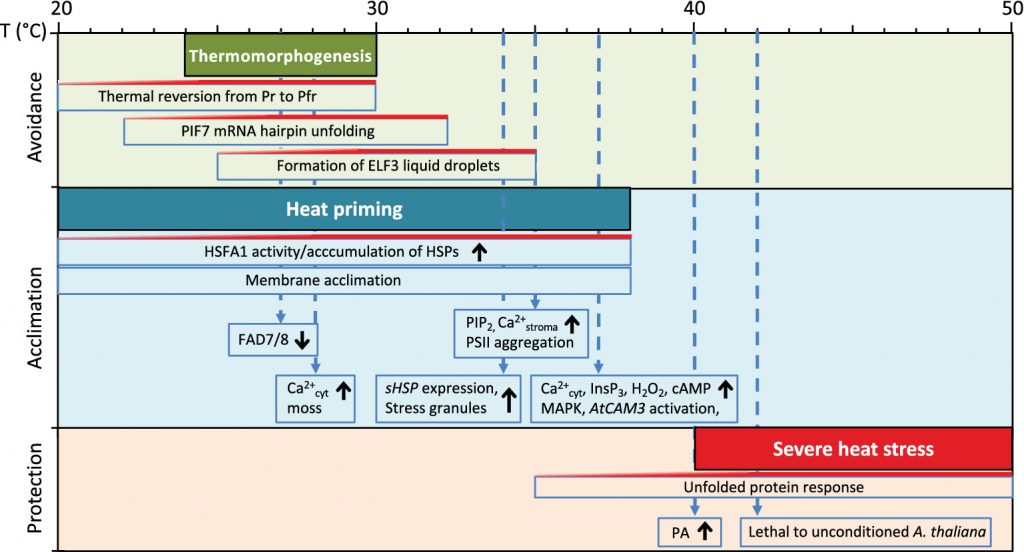
Review: Hot topic: Thermosensing in plants (Plant Cell Environ.)
Plant Science Research Weekly
Climate change has increased global temperatures and affected agriculture in recent years. Heat stress can negatively impact plant growth, development, metabolism, fertility, and immunity. To generate resilient plants that will endure warmer weather conditions, it is imperative to understand how…
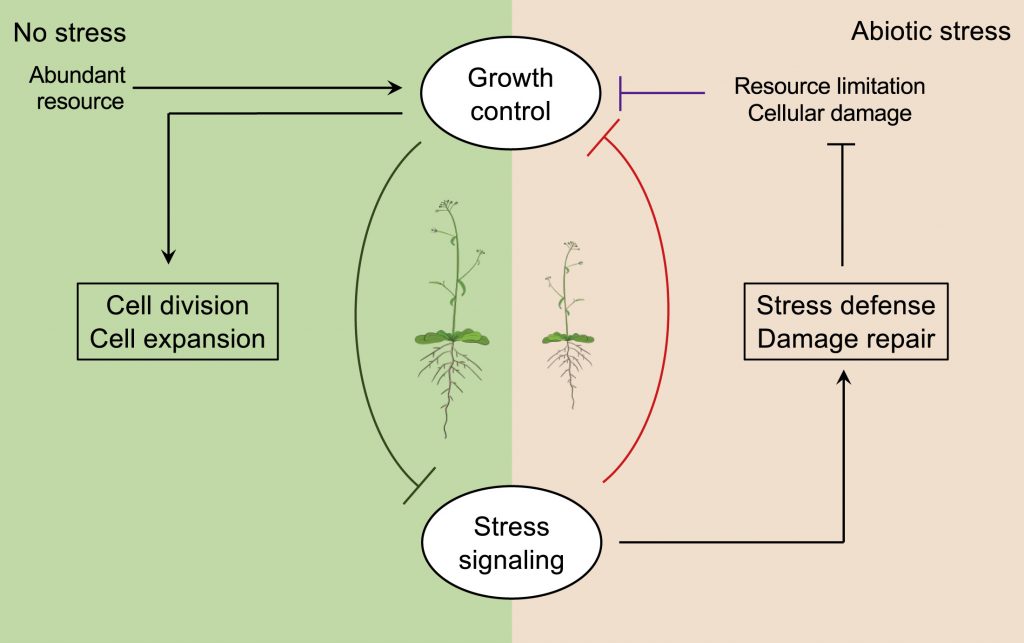
Review: Thriving under stress: How plants balance growth and stress response (Devel. Cell)
Plant Science Research Weekly
What exactly is the growth/defense tradeoff? This review is an excellent place to ask. Zhang et al. review evidence that shows that it is much more than a competition for limiting resources – the plant actively responds to stress in ways that may slow growth but ultimately promote survival. The…

Effect of leaf temperature on the estimation of photosynthetic and other traits of wheat leaves from hyperspectral reflectance (J. Exp. Bot.)
Plant Science Research Weekly
Efficient phenotyping is important for plant breeding. For wheat, leaf reflectance spectra can be used to calculate leaf traits that impact crop yield, particularly constituent (leaf mass per area, nitrogen/chlorophyll content) and physiological (Rubisco carboxylation activity, electron transport…

Elevation filters seed traits and germination strategies in the eastern Tibetan Plateau (Ecography)
Plant Science Research Weekly
Mountains are extraordinary natural laboratories. They encompass a wide range of environments in a relatively small space, making them ideal for assessing how different environmental variables shape plant traits and communities. Here, Wang and colleagues evaluate how seed functional traits vary along…

